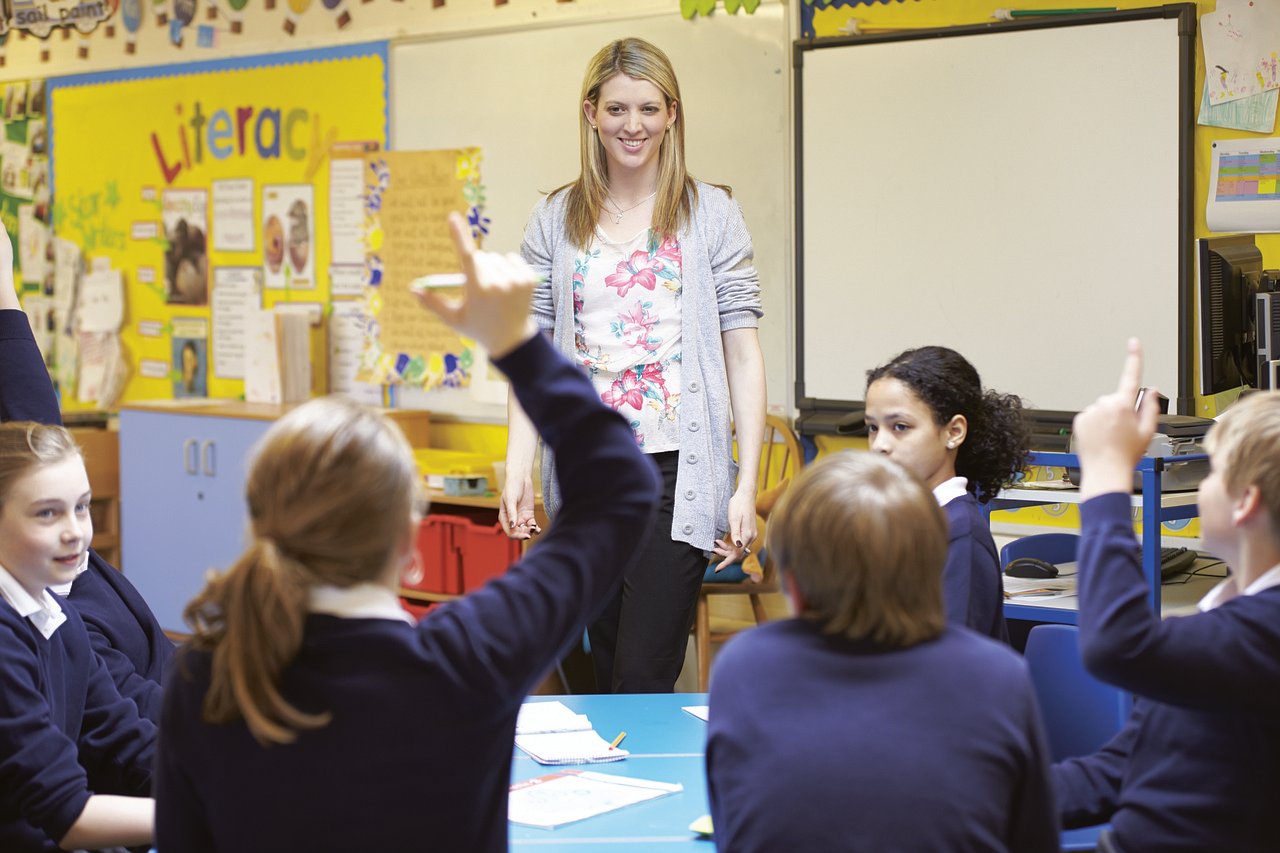Why Blended Learning Will Become an Educational Norm

Each student in your classroom can be thought of as a different color, hue, or tint. They each have their own various nuances and needs that make them unique – some might enjoy doing hands-on work, others might enjoy listening to stories during a lesson, and others might enjoy learning new theories.
Since there is so much diversity in a single classroom, the one-size-fits-all approach to learning will never work. What’s more, when you consider ed-tech and the growing role that it plays in education, blended learning starts to become the more obvious solution.
Read on to learn why blended learning will soon become a norm in education.
What Makes a Blended Classroom?
A blended learning strategy is one that is based on blended learning materials. Regardless of how these materials are made, you should not hesitate to mix things around. Adding images, videos, graphics, apps, and more can blend well into plenty of classroom activities for all grades.
A successfully blended learning plan will need to have a good balance between technology and face-to-face interaction. What constitutes this balance will differ for every classroom and every teacher. Some activities will only involve technology, while others involve face-to-face interaction.
The end goal is to have technology enhancing and complementing the work that the teacher does.
Continuous Development Of Ed-Tech
The ed-tech industry is already massive, and it is only expanding. Global Ed-Tech Research Report estimates that it will reach $252-l billion by the end of 2020. New ed-tech tools are continually being created and released, and some of them can be invaluable in the classroom.
Moreover, VR and AR technology are becoming more popular, and their developments have the potential to boost education, as well. There are already several educational tools that make use of these technologies.
Educators face a plethora of options regarding technological tools that they can use to enhance their teaching and the learning experience of their students.
Tech-Savvy Is a Must
Of course, you can’t use technology to enhance learning in your classroom if you are a technophobe. Students are already much more tech-savvy than most adults in their schools, but they didn’t develop this skill at school.
In fact, most of the tech skills that they have were acquired outside of school, unfortunately. Imagine if learners were discovering new technologies in an organized learning environment like their classrooms.
If using technology properly will be an essential skill for future citizens, then schools must play a critical role in teaching that skill to learners. If they don’t include technology in their everyday teaching, then that won’t be possible.
Concluding Thoughts
Blended learning is already on its way to becoming a regular part of education. Technological tools that were specially developed for education and the growing demand for online literacy are the two foundational aspects that encourage blended learning.






